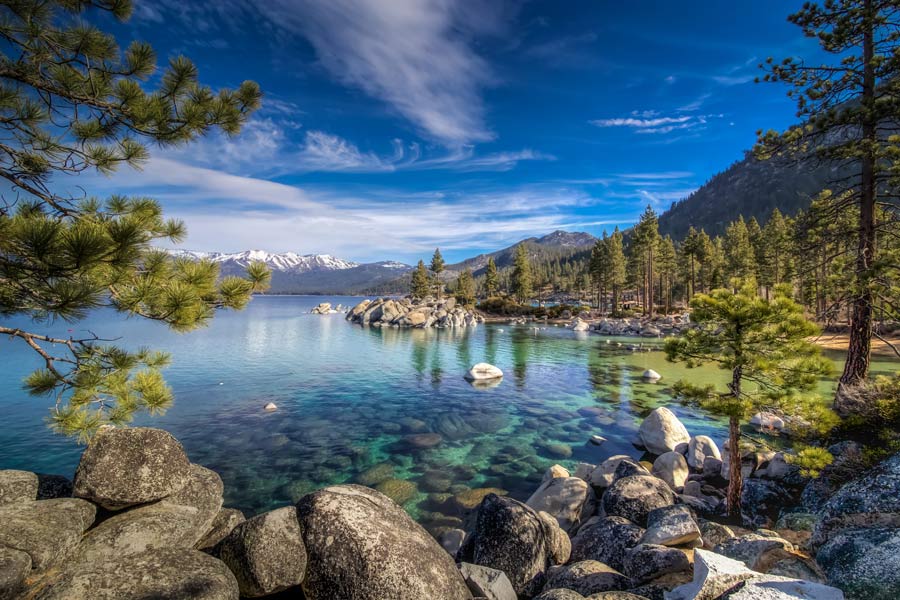California marks another dry water year

AP Photo/Rich Pedroncelli | AP
LOS ANGELES — California began a new water year Monday with some rain falling or in the immediate forecast after 12 months of below-average precipitation.
The Department of Water Resources said the Oct.1-Sept. 30 water year that ended Sunday was marked by hot and dry conditions, except for sporadic significant precipitation.
During the period, the statewide snowpack was just 58 percent of average by April 1, a dramatic reversal from the previous water year in which the pack reached 159 percent of average.
In addition, much of Southern California ended up with half or less than half of average rainfall. San Diego, for example, recorded only 3.34 inches (8.48 centimeters) of rain, just 32 percent of normal, according to the National Weather Service.
The state also experienced a siege of record-breaking wildfires during the dry 2017-18 water year.
All of that was indicative of the state’s ongoing transition to a warmer climate, the department said in a statement.
“Climate change models predict extreme variability in precipitation to be the new norm, which requires us to be ever more vigilant in our flood and drought preparedness,” said Karla Nemeth, the department director.
The department said that despite the below-average precipitation, most California reservoirs currently have near- or above-average levels of water.
Monday brought showers to far Northern California, while more extensive rain statewide was possible Tuesday and Wednesday, although forecasters were having trouble pinning down the expected amounts. Some snow was expected in the Sierra Nevada above 9,000 feet (2,743 meters).
Meanwhile, flash flood watches were in effect across the interior of Southern California due to extensive moisture spreading northward from Tropical Storm Rosa as it moved across the Baja California peninsula.
Riverside County’s emergency management department urged voluntary evacuations of several areas near where the Cranston Fire burned more than 20 square miles (51 square kilometers) during the summer. The department said intense rain could cause dangerous debris flows.

Support Local Journalism

Support Local Journalism
Readers around the Lake Tahoe Basin and beyond make the Tahoe Tribune's work possible. Your financial contribution supports our efforts to deliver quality, locally relevant journalism.
Now more than ever, your support is critical to help us keep our community informed about the evolving coronavirus pandemic and the impact it is having locally. Every contribution, however large or small, will make a difference.
Your donation will help us continue to cover COVID-19 and our other vital local news.


